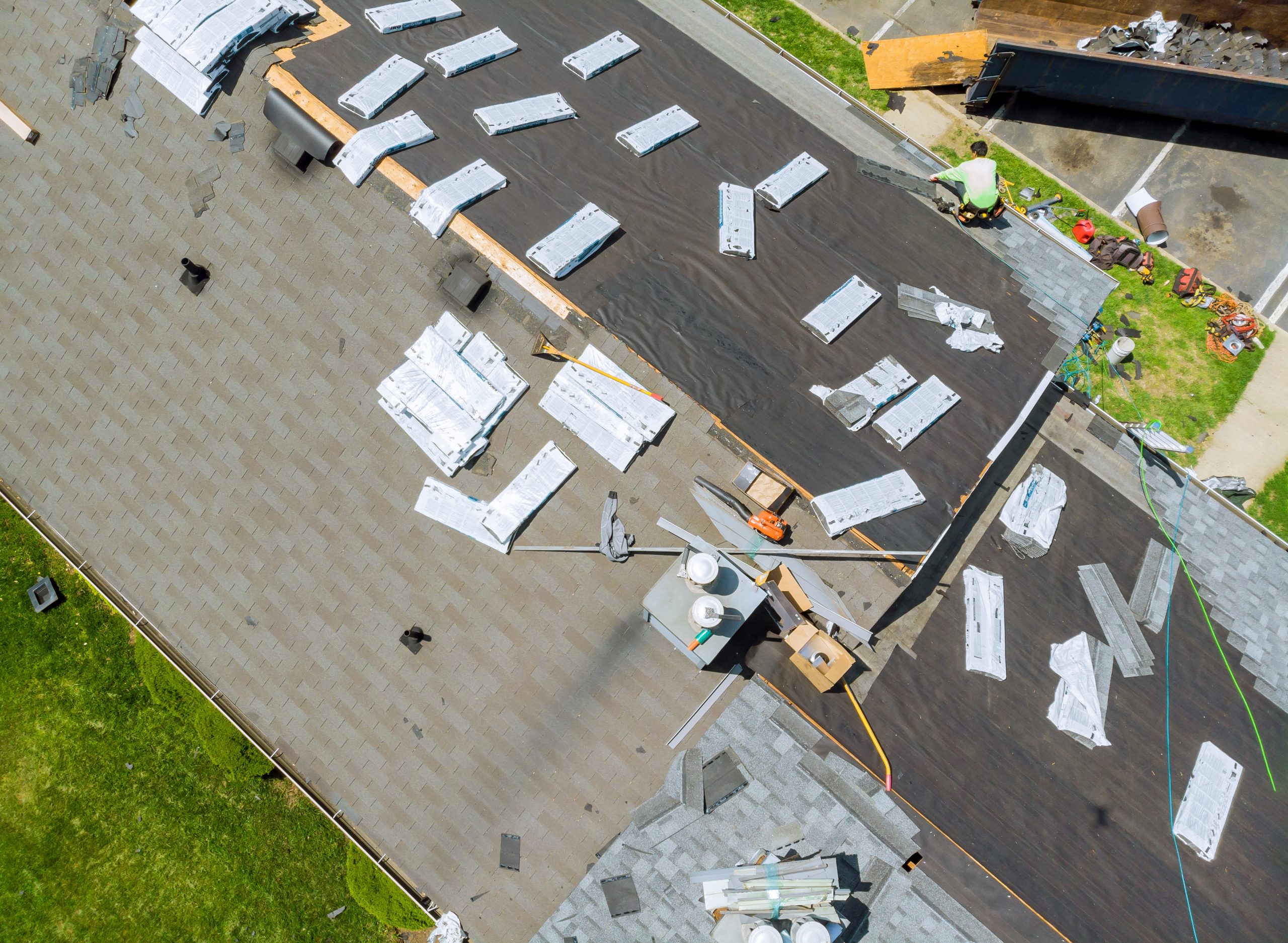When it comes to choosing the right roofing material for your building, EPDM (Ethylene Propylene Diene Monomer) and TPO (Thermoplastic Olefin) are two of the most popular options for flat and low-slope roofs. Each material has its unique advantages and disadvantages, making the decision dependent on factors like budget, climate, and long-term goals. Here’s a breakdown of EPDM and TPO roofing to help you make an informed choice.
Overview of EPDM Roofing
EPDM is a synthetic rubber roofing membrane known for its flexibility, durability, and resistance to extreme weather conditions. Typically available in black or white, EPDM has been a trusted choice in the roofing industry for over 50 years.
Advantages of EPDM:
- Durability: EPDM roofs can last up to 30 years or more with proper maintenance.
- Weather Resistance: Excellent resistance to UV rays, ozone, and temperature fluctuations.
- Flexibility: Remains pliable in cold weather, making it less prone to cracking.
- Cost-Effective: Generally more affordable than TPO for initial installation.
- Simple Repairs: Repairs can often be made using patches or adhesive kits.
Disadvantages of EPDM:
- Aesthetic Limitations: Black EPDM absorbs heat, which may increase cooling costs in warmer climates. White EPDM is available but typically costs more.
- Seam Vulnerability: Seams are sealed with adhesives or tapes, which can degrade over time.
- Susceptibility to Punctures: While durable, EPDM can be punctured by sharp objects or heavy foot traffic.
Overview of TPO Roofing
TPO is a single-ply membrane made from a blend of polypropylene and ethylene-propylene rubber. It is known for its energy efficiency and growing popularity in commercial and residential roofing applications.
Advantages of TPO:
- Energy Efficiency: White TPO reflects sunlight, reducing cooling costs and contributing to energy savings.
- Durability: Resistant to punctures, tears, and microbial growth.
- Heat-Welded Seams: Seams are fused together using heat, creating a watertight seal that is less prone to leaks.
- Environmentally Friendly: TPO is 100% recyclable, making it a greener option.
Disadvantages of TPO:
- Longevity Variability: While durable, the lifespan of TPO can vary depending on the manufacturer and installation quality.
- Cost: Slightly more expensive than EPDM, especially for high-quality products.
- Installation Complexity: Requires specialized equipment for heat-welding, which can increase labor costs.
Key Considerations for Choosing Between EPDM and TPO
- Climate: In hotter climates, TPO’s reflective surface can help lower energy costs. For colder regions, EPDM’s flexibility and insulation properties may be more beneficial.
- Budget: EPDM is typically more budget-friendly upfront, while TPO’s energy savings might make it more cost-effective in the long run.
- Roof Usage: If your roof will experience heavy foot traffic, TPO’s puncture resistance makes it a better option.
- Aesthetic Preferences: TPO offers more color options and a cleaner look, while EPDM is traditionally limited to black or white.
Conclusion
Both EPDM and TPO have their strengths and weaknesses, and the best choice depends on your specific needs. If you prioritize durability and cost-effectiveness, EPDM may be the better fit. On the other hand, if energy efficiency and a seamless appearance are more important, TPO could be the ideal solution. Consulting with a professional roofing contractor can help ensure you select the material that aligns with your goals and budget.
